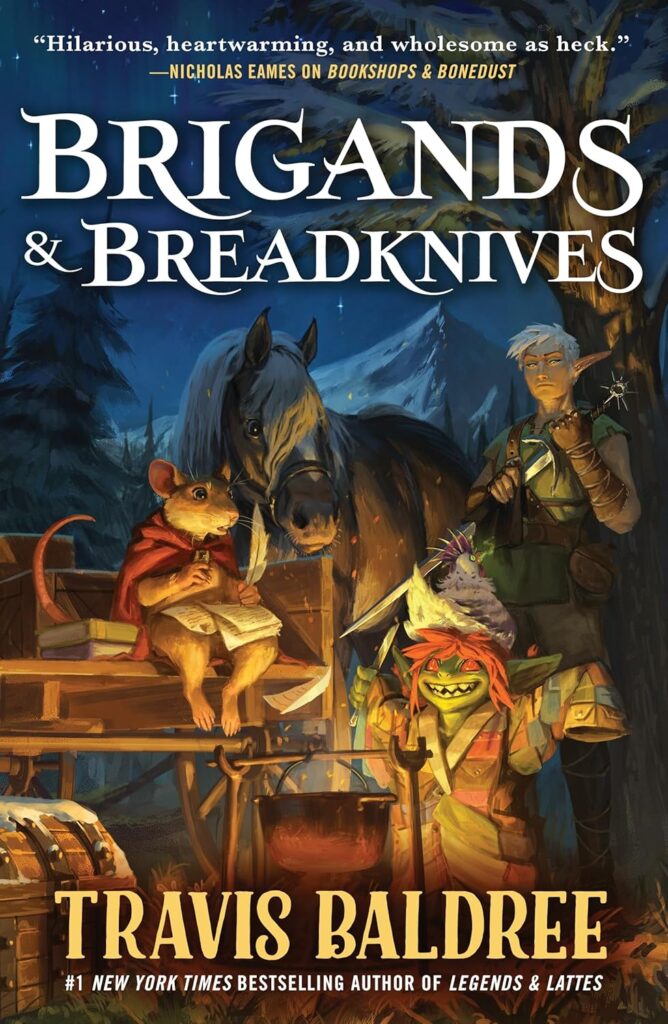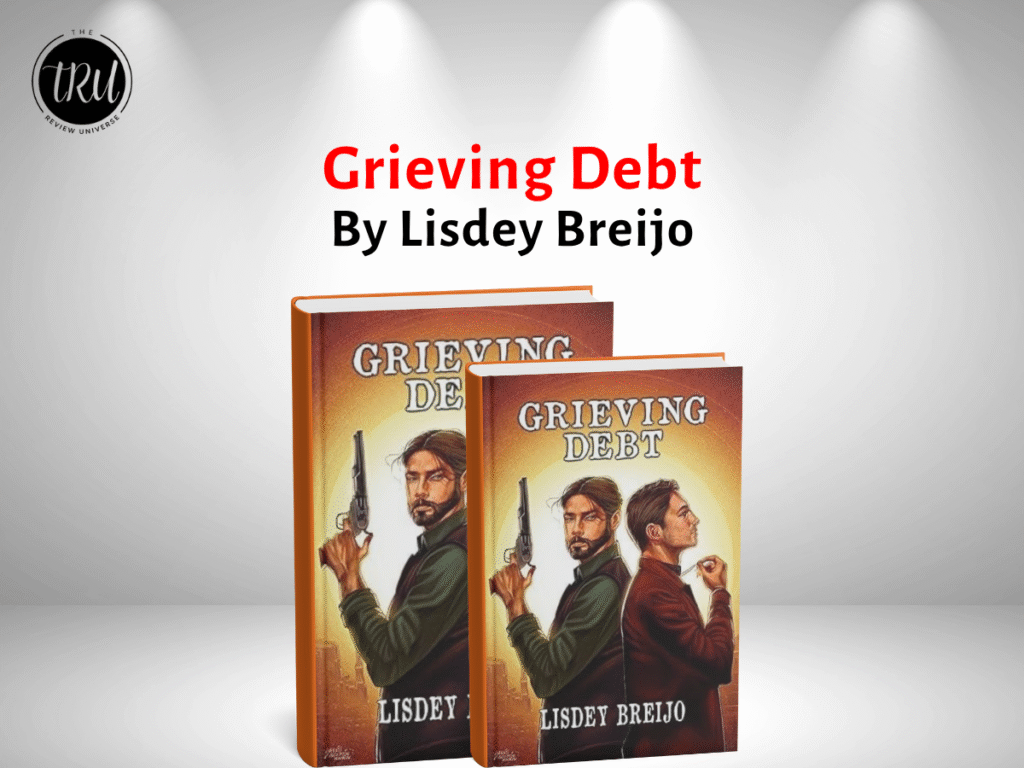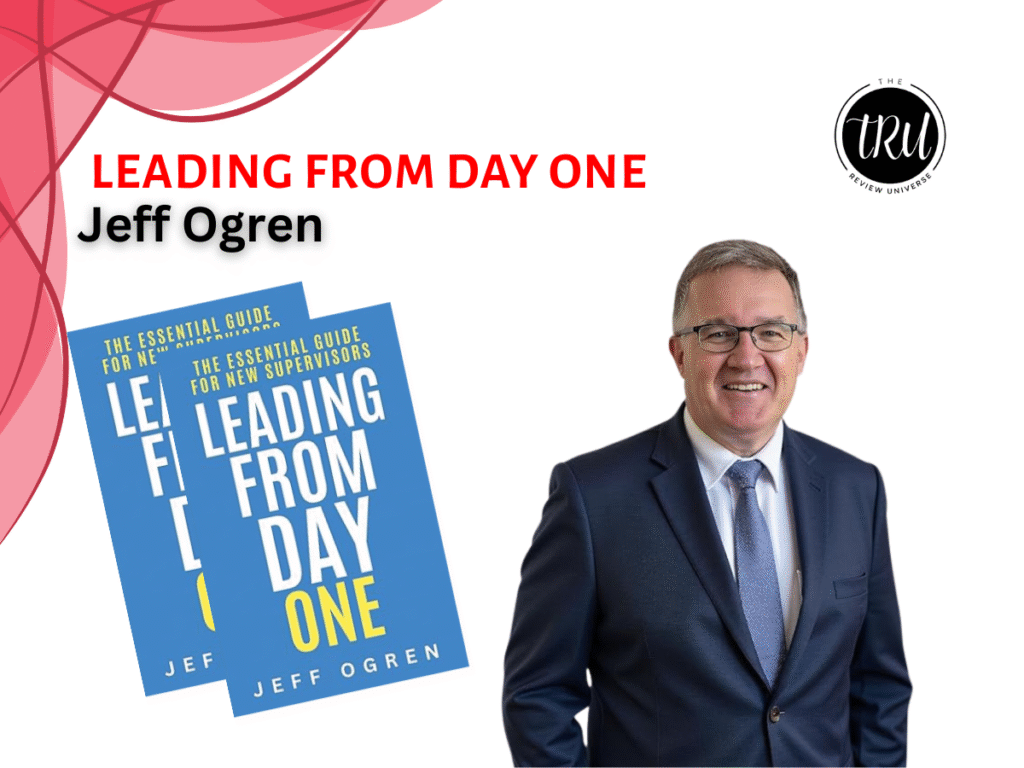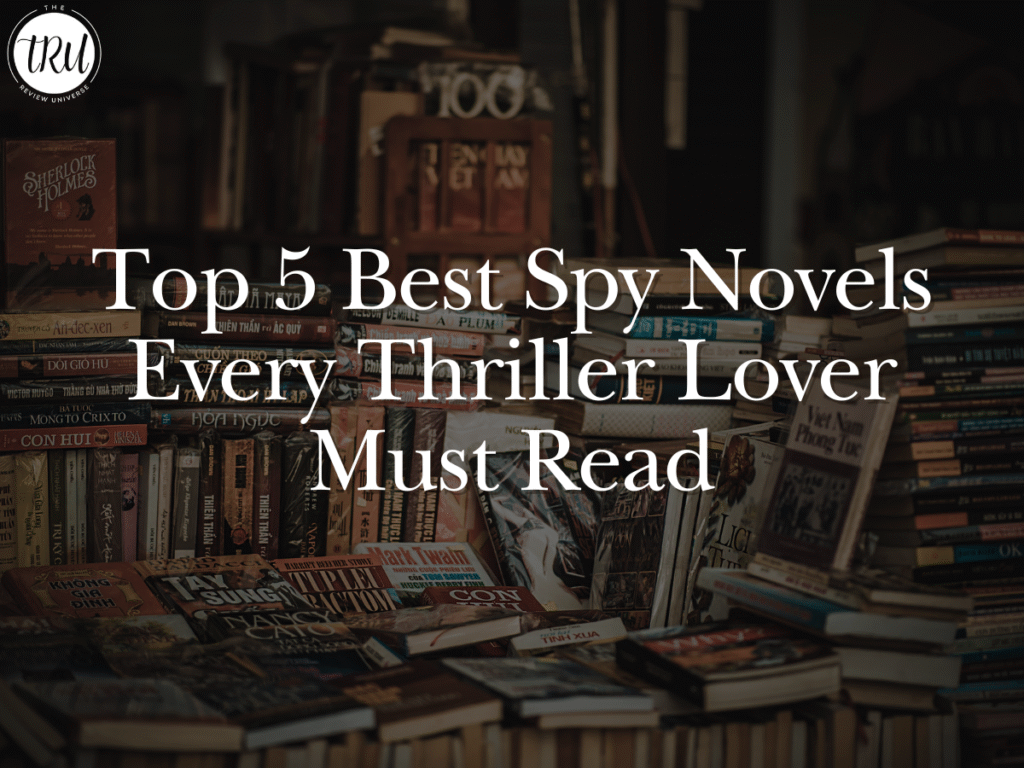
Spy novels have always captured readers’ imaginations with tales of espionage, political intrigue, and high-stakes intelligence battles. From Cold War classics to modern-day thrillers, these books combine suspense, strategy, and moral complexity in ways few genres can match. Whether you’re a long-time fan of espionage fiction or new to the genre, this list of the best spy novels of all time will keep you hooked from the first page to the last
1. The Hunt for Red October
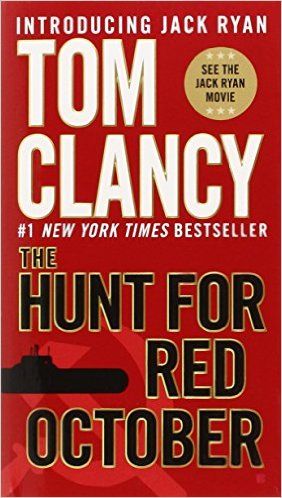
Tom Clancy’s “The Hunt for Red October” is a landmark in the espionage and thriller genres, and even decades after its release, it remains a gripping read. Published in 1984, the novel is a masterclass in the techno-thriller, blending intricate technical detail with high-stakes political suspense. At its heart, the story is a high-stakes cat-and-mouse game during the Cold War.
The plot centers on Captain Marko Ramius, a brilliant Soviet submarine commander who defects with the Soviet Union’s most advanced ballistic missile submarine, the Red October. His vessel is equipped with a revolutionary “caterpillar drive” that makes it virtually undetectable.
This sets off a desperate hunt as the Soviet Navy, believing Ramius plans to attack, tries to sink the submarine. On the other side, CIA analyst Jack Ryan, Clancy’s iconic protagonist, must convince a skeptical U.S. government that Ramius is defecting, not attacking. He must then find a way to make contact with the submarine and bring it safely to the United States.
What makes the book so compelling is Clancy’s meticulous research and his ability to make complex naval technology understandable and exciting. The narrative is taut and fast-paced, shifting perspectives between the Soviet and American sides, as well as from the submarine itself.
This provides a comprehensive view of the strategic chess match being played out on and under the Atlantic. While the dialogue can sometimes be a bit dry, the sheer suspense and detailed world-building more than make up for it. “The Hunt for Red October” is a cornerstone of its genre, and a must-read for anyone who loves military fiction, espionage, or a well-crafted thriller. It’s a testament to Clancy’s legacy as a pioneer of the modern-day action-spy novel.
More Read : 15 Must-Read Crime & Thriller Novels for Fans of Suspense
2. The Day of the Jackal
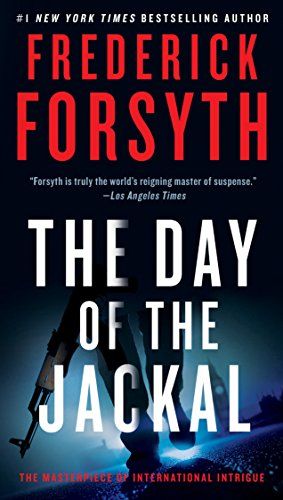
Frederick Forsyth’s “The Day of the Jackal” is a masterpiece of the thriller genre, a book that has set the standard for procedural suspense since its publication in 1971. The novel, celebrated for its meticulous detail and relentless pace, is a gripping account of a professional assassin’s attempt to kill French President Charles de Gaulle in the early 1960s.
The story is a race against time, told with a clockwork precision that is both fascinating and terrifying. The narrative is split into two main threads. The first follows “the Jackal,” a cold, brilliant, and anonymous English killer hired by the OAS, a right-wing French paramilitary group, after their own assassination attempts fail.
Forsyth devotes painstaking detail to the Jackal’s preparation: the forging of passports, the acquisition of a custom rifle, the creation of false identities, and the careful planning of his escape routes. This procedural realism makes the Jackal’s mission feel chillingly plausible.
The second thread follows Claude Lebel, a quiet, methodical, and unassuming detective with the French police. Lebel is tasked with a near-impossible mission: to identify the Jackal and stop him before he can carry out his plot. Lebel’s investigation is a slow, methodical grind, a stark contrast to the Jackal’s swift and brutal efficiency. The tension builds as Lebel and his team painstakingly piece together clues, often just a few steps behind the elusive killer.
What makes “The Day of the Jackal” so enduring is its commitment to realism. Forsyth, a former journalist, writes with a detached, almost documentary-like style that avoids sensationalism. There are no car chases or fistfights; the suspense is generated entirely from the intellectual duel between the assassin and the detective.
The reader is given equal access to both sides, which intensifies the feeling of a ticking clock. The novel’s ending is a perfect, nerve-wracking climax that is both shocking and historically accurate. It is not just a spy novel; it’s a study in cold, calculated determination and the quiet heroism of procedural police work. “The Day of the Jackal” is a seminal thriller that demonstrates the power of a well-researched and brilliantly executed plot.
3. A Spy Alone
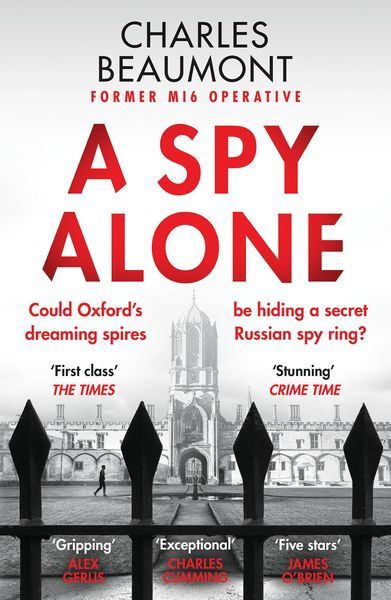
”A Spy Alone” by Charles Beaumont is a fantastic modern espionage novel that feels both timely and authentic. Written by a former intelligence officer under a pseudonym, the book has a gritty, realistic feel that sets it apart from more action-packed thrillers.
The story introduces us to Simon Sharman, a former British spy now working in the private sector. When a financial investigation into a Russian oligarch leads him down a rabbit hole, he uncovers what he believes to be a deep-seated Russian spy ring operating within the British establishment, a plot no one in his former world thought possible.
The novel is a tense and intelligent journey, less about flashy gadgets and more about the painstaking, meticulous work of intelligence gathering and analysis. Sharman, with the help of a brilliant academic named Sarah Du Cane, uses a mix of old-school tradecraft and modern open-source intelligence to unravel the conspiracy.
The book’s strength lies in its believable characters and a plot that feels ripped from today’s headlines, exploring themes of political corruption and the lingering influence of Cold War adversaries. Beaumont’s writing is sharp and well-paced, building a sense of paranoia and danger that keeps you on edge.
It’s a cerebral thriller that will appeal to fans of John le Carré and Charles Cumming, offering a compelling and unsettling glimpse into the shadowy world of contemporary espionage. It’s a highly accomplished debut that leaves you hoping for more of Simon Sharman’s adventures.
4. The Spy Who Came in from the Cold
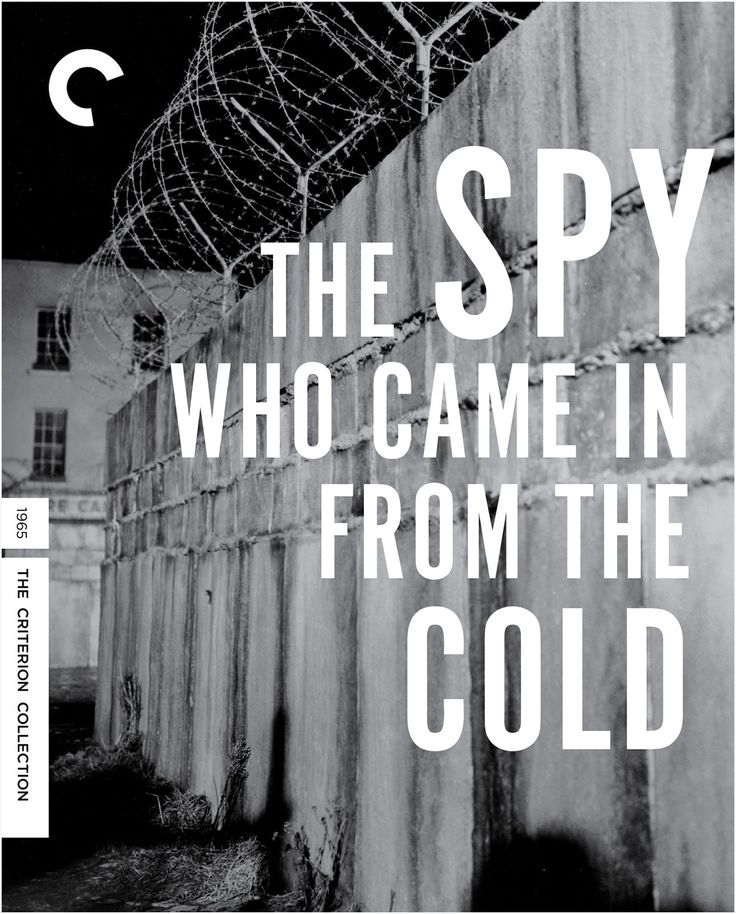
John le Carré’s “The Spy Who Came in from the Cold” is not just a spy novel; it’s a profound and deconstructed look at the entire genre. Published in 1963, at the height of the Cold War, the book shattered the glamorous, swashbuckling image of espionage popularized by Ian Fleming’s James Bond. Instead, it presented a world that was bleak, morally ambiguous, and filled with weary, disillusioned professionals.
The story follows Alec Leamas, a British agent in Berlin whose network has been systematically dismantled by a ruthless East German counter-intelligence officer named Mundt. Leamas, a man broken by loss and a deep-seated weariness with the game, is brought in for one last, desperate mission. He is to appear as a disaffected, alcoholic former agent, a “spy who came in from the cold,” and defect to the East. The goal is to sow disinformation and bring down Mundt.
The brilliance of the book lies in its intricate, multi-layered plot and its refusal to paint the world in black and white. There are no heroes, only pawns manipulated by unseen powers. The moral lines between East and West are blurred, and both sides are shown to be equally ruthless and willing to sacrifice their own people for strategic gains.
Le Carré’s prose is a masterclass in subtlety and atmosphere. The dialogue is sharp, understated, and often reveals more through what is left unsaid. The setting of Cold War Berlin, with its perpetual grayness and palpable tension, is a character in itself. The novel is a slow-burn thriller, a tense intellectual chess match rather than a series of explosions.
The shocking, unforgettable ending is a gut punch, a perfect culmination of the book’s central theme: the cold, impersonal machinery of intelligence services and the human cost of their games. “The Spy Who Came in from the Cold” is a classic for a reason—it’s a brutal, honest, and unforgettable exploration of a world without glamour or clear-cut morality.
5. Casino Royale
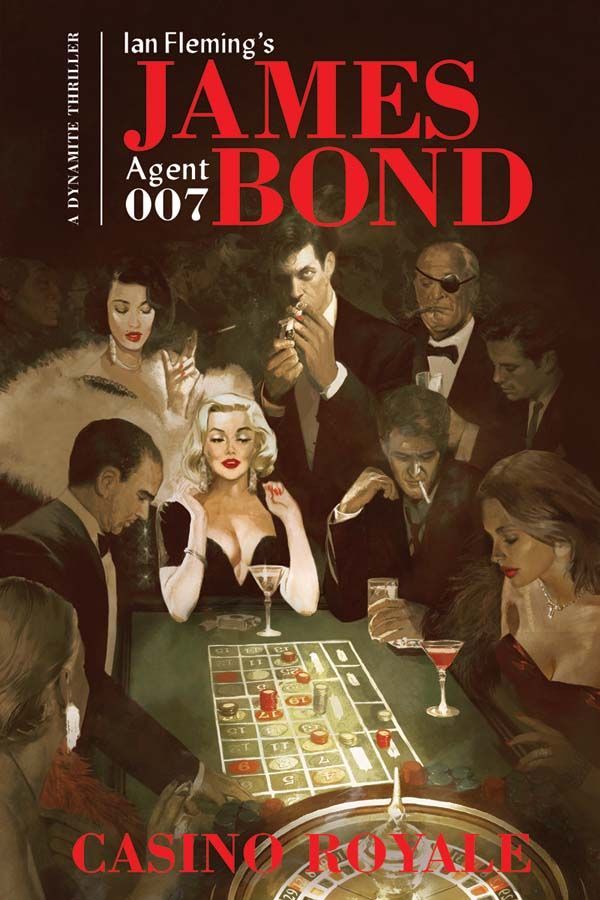
Ian Fleming’s “Casino Royale” is where it all began, and to review it is to understand the origin of one of the most iconic characters in literary and cinematic history: James Bond. Published in 1953, this novel is a far cry from the gadget-filled, globe-trotting adventures that the movies would later become known for. Instead, it’s a tight, focused, and surprisingly introspective thriller that introduces a Bond who is more of a cold-blooded professional than a suave superhero.
The plot is deceptively simple. Bond is sent to a casino in France to bankrupt Le Chiffre, a financier for a Soviet counter-intelligence agency known as SMERSH, at a high-stakes baccarat table. Assisting him are CIA agent Felix Leiter and, most importantly, the mysterious and beautiful Vesper Lynd. The heart of the book is not the action, but the tense, psychological duel between Bond and Le Chiffre over the card table.
Fleming’s extensive descriptions of the game itself are meticulous, pulling the reader into the high-stakes atmosphere and the constant battle of wits.What truly sets this book apart from its cinematic descendants is the depth of its characterization, particularly for Bond. He is not a flawless, unflappable hero. He’s a man grappling with the moral cost of his profession, and for a time, he even considers leaving the service for Vesper.
Their relationship is complex and central to the narrative, providing an emotional core that gives the final, shocking twist its full, devastating impact. Bond’s final line, “The bitch is dead now,” is a cold, brutal statement that marks his retreat into the hardened, emotionally detached spy we know.
While some of the novel’s attitudes, particularly towards women, are a product of its time and can be jarring to a modern reader, they are an essential part of understanding the character’s origins. Fleming’s writing style is crisp and direct, and his love for the luxurious details of post-war life—the food, the drinks, the cars—shines through on every page.
“Casino Royale” is not just the birth of a franchise; it’s a gripping, visceral, and ultimately tragic spy story that explores the human cost of a life in the shadows. It’s an essential read for anyone who wants to understand the true essence of James Bond before he became a cultural icon.

